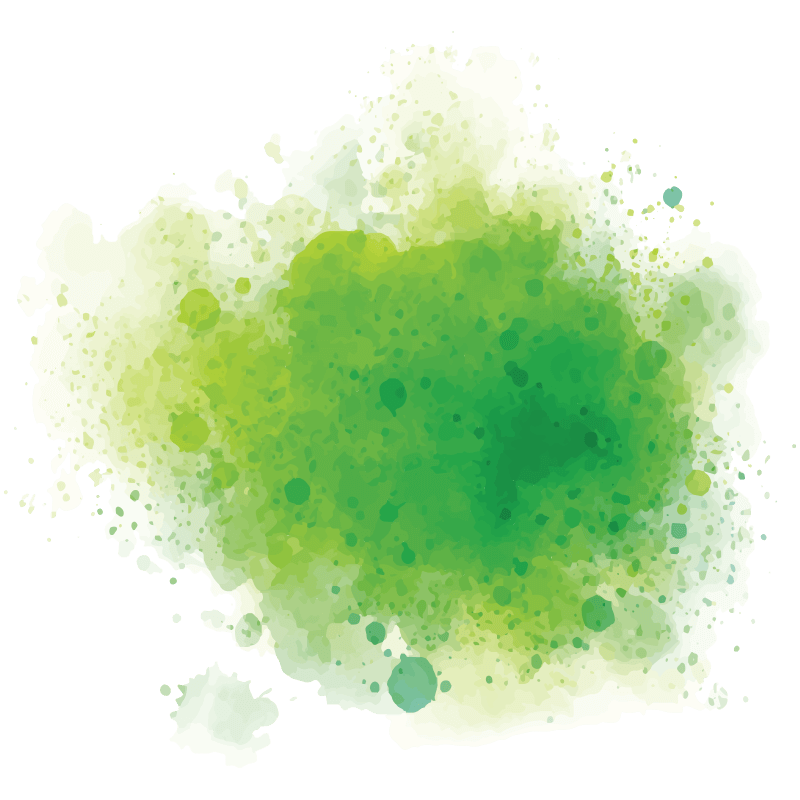June 15, 2022 / Blog
Benefits of implementing a preschool math curriculum
Educators place high importance on math instruction for young learners – because they know the benefits a preschool math curriculum provides.
Mathematics in a pre-K environment is not just about counting and learning numbers. It is a powerful building block in the foundation of learning. Math practice is applicable in an infinite number of varying situations – and for preschoolers, the best time to learn is during play!
When children play and apply math, they solve problems; they reason and communicate their reasoning; they represent ideas using objects, drawings, written symbols, or internal visualization; and they connect ideas.
And children learn best and develop a positive connection with the subject when play and instruction are combined.
More than numbers and counting
Much of children’s play is mathematical in nature and not as intimidating to them as it can be for adults.
Pre-K educators must approach math instruction with a focus on problem-solving and making connections between the subject and their everyday lives. Counting is important – but math is so much more than numbers!
Standards for preschool math curriculum
Standards for preschool math are necessary to bridge the mathematics gap and provide equitable learning experiences for learners in the United States.
These five standards are considered foundational and achievable by the National Council of Teachers of Mathematics and by the National Association for the Education of Young Children:
- Number and operations = numeral counting and recognition
- Algebra = patterns
- Geometry = shapes; spatial relationships
- Measurement = comparing two objects, taller/shorter; using nonstandard objects like paper clips/cubes to measure
- Data analysis = sorting; creating categories; naming and describing attributes; graphs
An ideal preschool math curriculum will include all five standards and encourage active learning – no rote memorization or boring worksheets! – for success in later academics and life.
Preschool math beyond the classroom = Play. Learn. Repeat!
It’s fun and easy to incorporate math learning beyond the classroom. Ask children to:
- describe shapes and things they see in the environment. The window looks like a square – why does it look like a square? Because it has four sides!
- describe and predict what comes next. Look at that flag. I see red, white, red, white. What comes next?
- compare themselves to something else. Are you shorter or taller than that tree?
- compare items in collections. I like your rocks! How are they alike? Different? What belongs in this group?
- fill boxes with objects to get an awareness of how much fits inside. What happens if we fill the container with pennies vs cotton balls … what do you think happens?
Repeated experiences are necessary for children to become fluent in math. They learn by observing, discussing, gathering feedback, and most of all, trying themselves! It’s a team effort from educators, peers and family members to build math skills – with the preschool math curriculum as the ultimate guide.
To learn more about how Frog Street implements math in our curriculum, contact us today.
